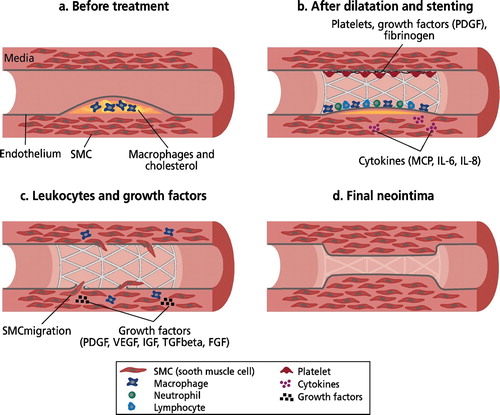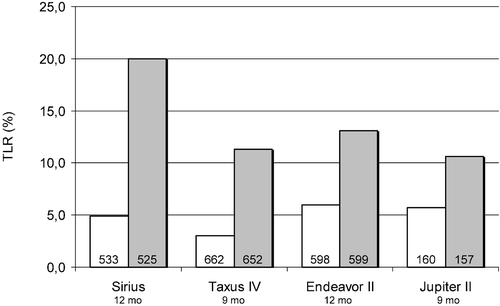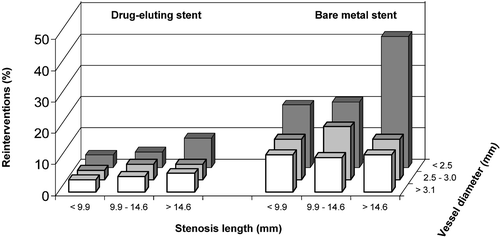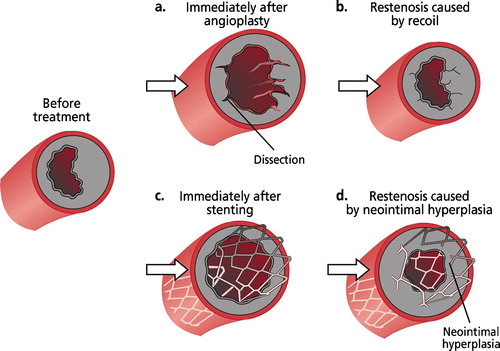Figures & data
Table I. Summary of major clinical trials on the efficacy of drug‐eluting stents. Target lesion revascularization (TLR) rate is used as the adverse clinical endpoint.



